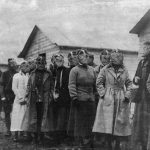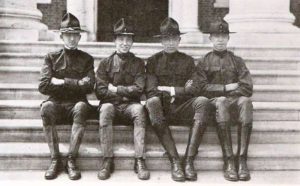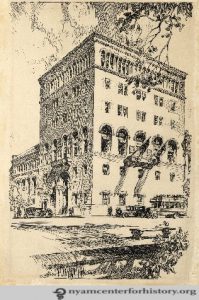~Post courtesy Kiri Oliver, Communications Manager, The New York Academy of Medicine
The New York Academy of Medicine Library has launched a new digital exhibit, “Facendo Il Libro: The Making of Fasciculus Medicinae, an Early Printed Anatomy.” The Library, one of the world’s most significant historical libraries in medicine and public health, holds five editions printed between the years of 1495 and 1522 of the Fasciculus Medicinae, which contains the earliest realistic anatomical images in print, and the earliest scenes of dissection anywhere. The digital exhibit explores full scans of these richly illustrated editions, examining each work on its own – and also in context of each other, and looking at the printing techniques that were used to create them.
“The Academy’s dedication to public access to our Library’s collections continues with the launch of a digitized exhibit of this seminal work. Today, scholars and users worldwide can easily access an important resource in the history of medicine and public health,” said Academy President Judith A. Salerno, MD, MS.
The book was first printed in Venice in 1491 by the brothers Gregori at their famous printing house. It was extremely popular, and went through 14 editions by the year 1522. Originally collected in manuscript form, the text comprises a number of medical treatises on uroscopy, phlebotomy, anatomy, surgery, and gynecology. The book’s woodcut illustrations include skilled renderings of medieval prototypes including a Zodiac Man, bloodletting man, and an urinoscopic consultation.
“This exhibit tells an important story about an influential medical text, and its evolution during the earliest years of printing in Northern Italy. Exploring the book’s astonishing woodcuts, the earliest realistic anatomical illustrations in print, enhances our understanding of how sixteenth-century individuals related to and understood their bodies in times of sickness and health,” said Academy Library Curator Anne Garner.
“Facendo Il Libro” is an addition to the Academy’s digitization initiatives led by Dr. Robin Naughton, Head of Digital. Also included in the exhibit are curated essays on each edition, noting important technical, textual, and artistic changes in each, and on the culture of Venetian print. The essays were contributed by guest scholars
Taylor McCall, PhD, and Natalie Lussey Seale, PhD. This online exhibit was made possible by generous support from The Gladys Krieble Delmas Foundation.






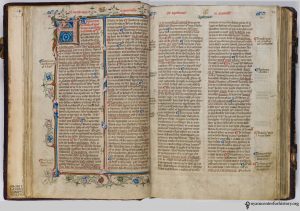 The New York Academy of Medicine Library announced
The New York Academy of Medicine Library announced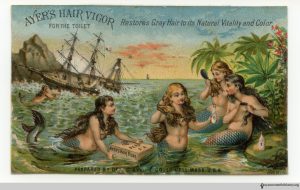 Also featured is The William H. Helfand Collection of Pharmaceutical Trade Cards, which contains approximately 300 colorful pharmaceutical trade cards produced in the U.S. and France between 1875 and 1895 that were used to advertise a wide range of goods in the nineteenth century. Such cards are now regarded as some of the
Also featured is The William H. Helfand Collection of Pharmaceutical Trade Cards, which contains approximately 300 colorful pharmaceutical trade cards produced in the U.S. and France between 1875 and 1895 that were used to advertise a wide range of goods in the nineteenth century. Such cards are now regarded as some of the
